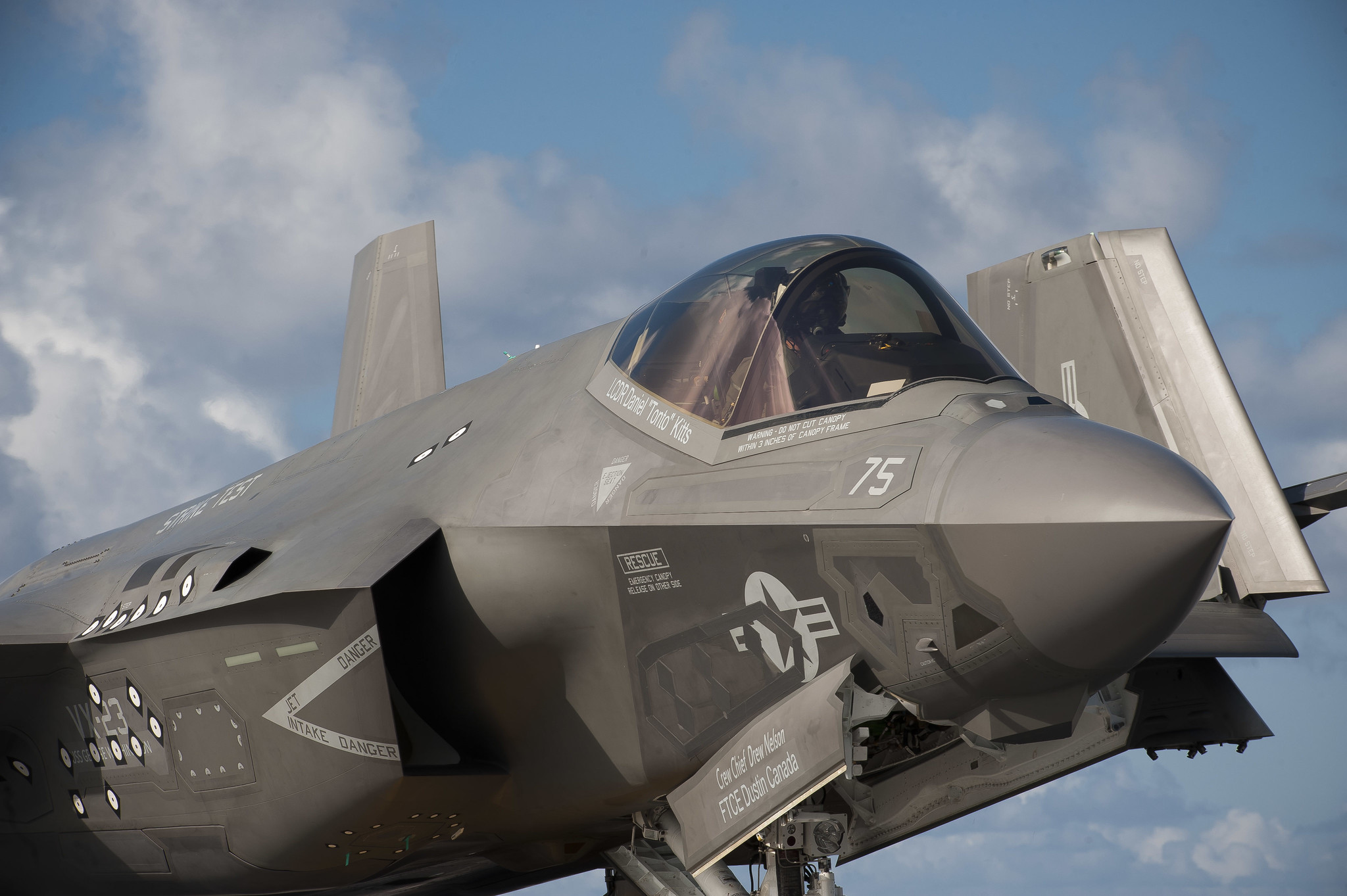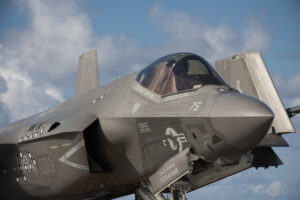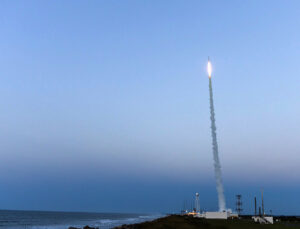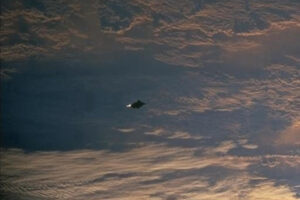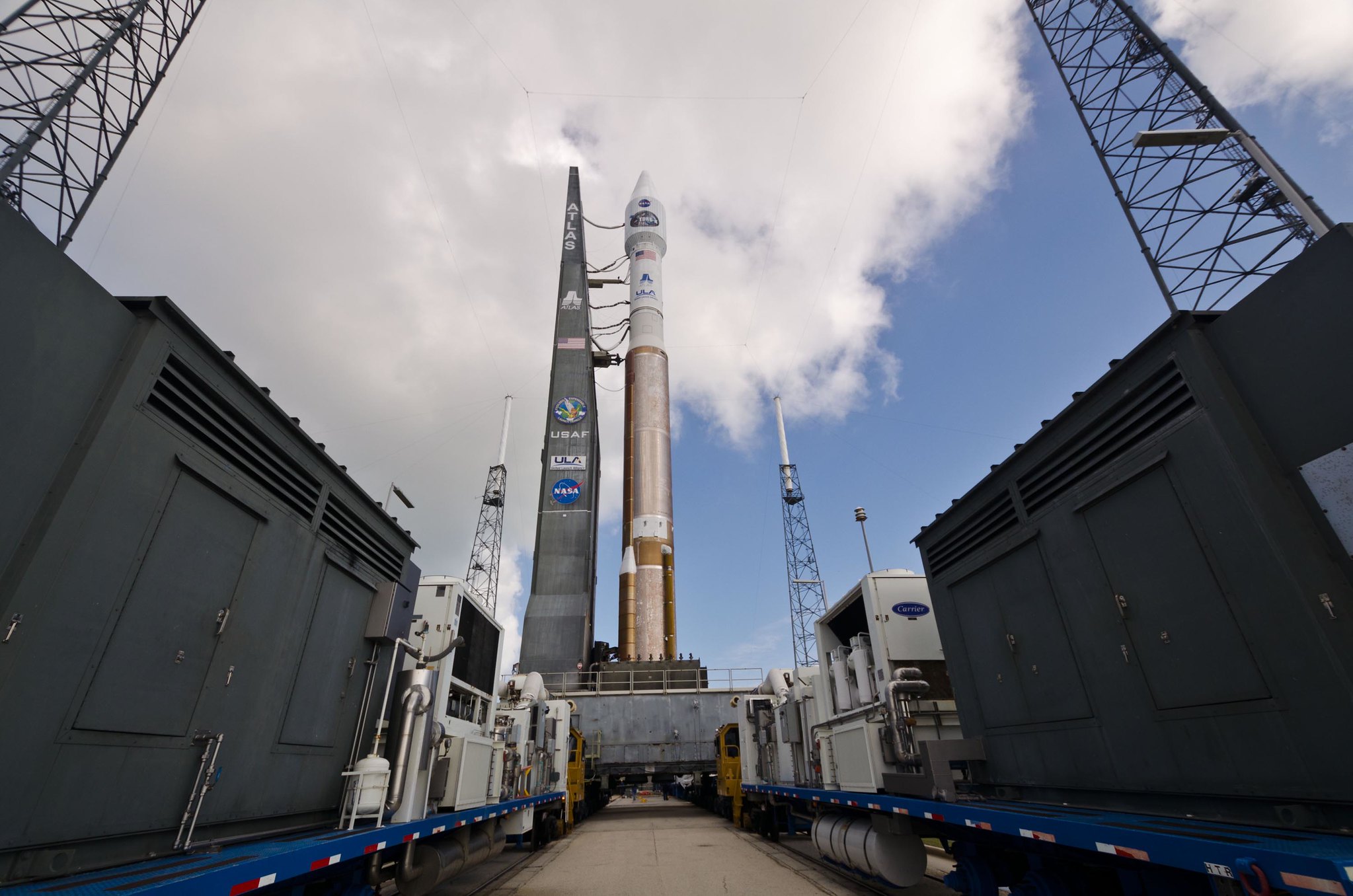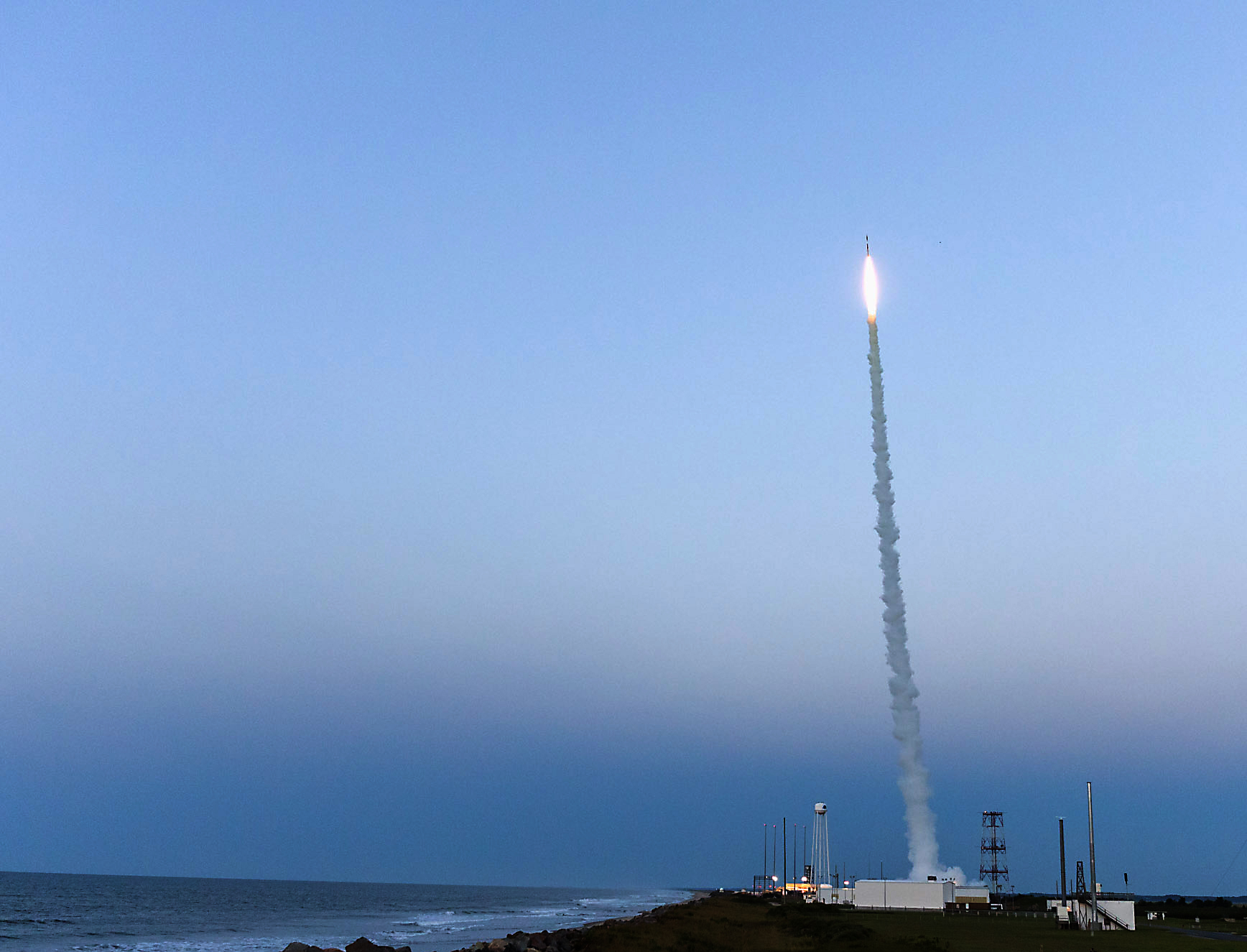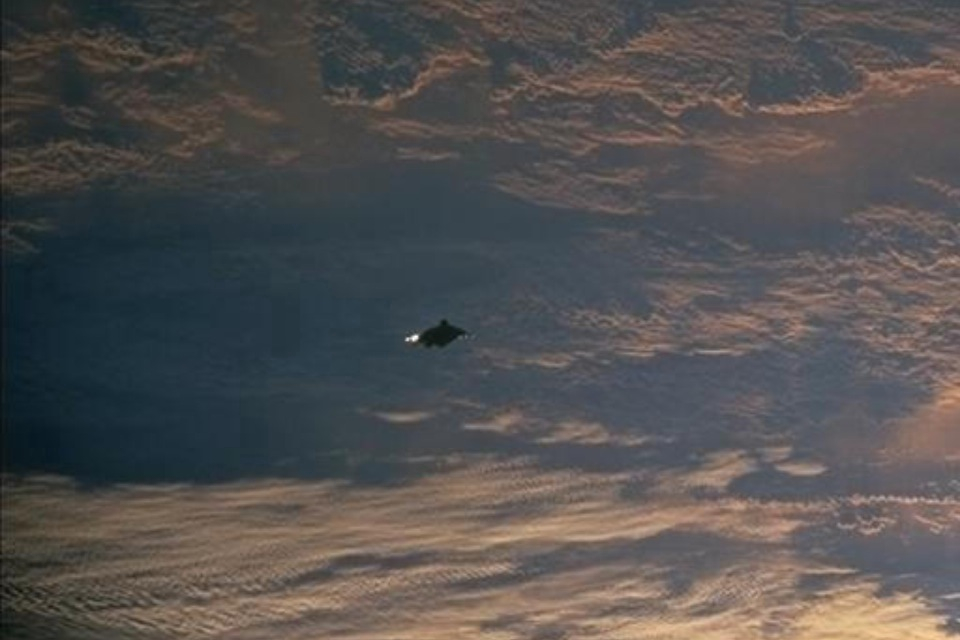A groundbreaking report from NASA debunks the belief that the GOFAST UFO captured on video by US Navy fighter pilots was of extraterrestrial origin.
The agency’s analysis reveals a more mundane explanation: the object was likely just drifting with the wind.
The GOFAST footage, recorded off the coast of the Atlantic in January 2015, gained significant attention and helped bring the topic of UFOs into the mainstream.
However, NASA’s recent advisory report challenges the extraordinary nature of the video.
NASA’s experts concluded that the UFO was most likely a conventional object caught in a strong breeze.
Shocking new detail revealed about the Navy "GoFast" UFO video:@ActionMovieKid #VFXandChill #TomCruise pic.twitter.com/83CU7cMXkA
— Steven Greenstreet 🐷 (@MiddleOfMayhem) July 6, 2023
Despite this assertion, doubts have been raised by meteorological records, climate scientists, US Navy witnesses, and even computer simulations by skeptical researchers.
One criticism of NASA’s analysis is the failure to consider wind speeds from public climate data, which may contradict their conclusion.
Additionally, the agency ignored input from the Navy pilots who filmed the GOFAST video and the GIMBAL infrared footage on the same evening.
During a NASA meeting, engineering professor Josh Semeter presented his analysis, relying on the information displayed in the GOFAST video.
By calculating the flight path of the fighter jet and estimating the object’s altitude and velocity, Semeter suggested it was moving at approximately 40 mph, consistent with wind speeds at 13,000 feet.
However, skeptics argue that this calculation neglects the impact of wind on the aircraft.
@NASA – draws questionable conclusions on limited GoFast data.
— Adam Goldsack (@AdamGoldsack) September 14, 2023
– Where is the range fouler report on GoFast?
– Where is the pilot testimony?
– What was the origin/destination?
– What is the link to Gimbal?
– Where is the self-mention of these limitations?
🤔#UFOTwitter pic.twitter.com/Fz12zlnbGD
A simulation created by Mick West suggests that the object would have been traveling much faster than 40 mph, likely ruling out the possibility of it being a balloon.
The NASA report itself cast doubt on their own findings, stating: “Our calculation has neglected wind effects on the aircraft, and thus there is uncertainty in this result.”
French UFO researcher Christophe Spitzer Isbert, known for his work on a UAP event near Hessdalen in Norway, has expressed his opinion regarding NASA’s recent publication of its GOFAST opinions.
Isbert believes that NASA should have taken more time to gather a wider set of undisputed evidence on the GOFAST case before making public comments.
He critiqued the reliance on a small set of assumptions rather than hypothesis testing, stating that assuming the object was lighter than air based on its slow speed and lack of heat radiation is not sufficient evidence to support the balloon hypothesis.
Today NASA managed to successfully replicate my initial GoFast Analysis from 2019. Peer review at last!
— Mick West (@MickWest) May 31, 2023
Seriously though, there are some open questions (and unknowns) re wind, but I think this basic analysis is correct. I'll revisit this in Sitrec. https://t.co/Prs63OOgQO pic.twitter.com/KGhCNxwmGP
Additionally, Isbert recommended a possible method to confirm NASA’s wind-blown hypothesis by analyzing the aspect ratio changes visible in the video.
He noted that tumbling on any axis, predicted by the balloon hypothesis due to the object’s non-spherical shape, would result in observable length vs height changes.

